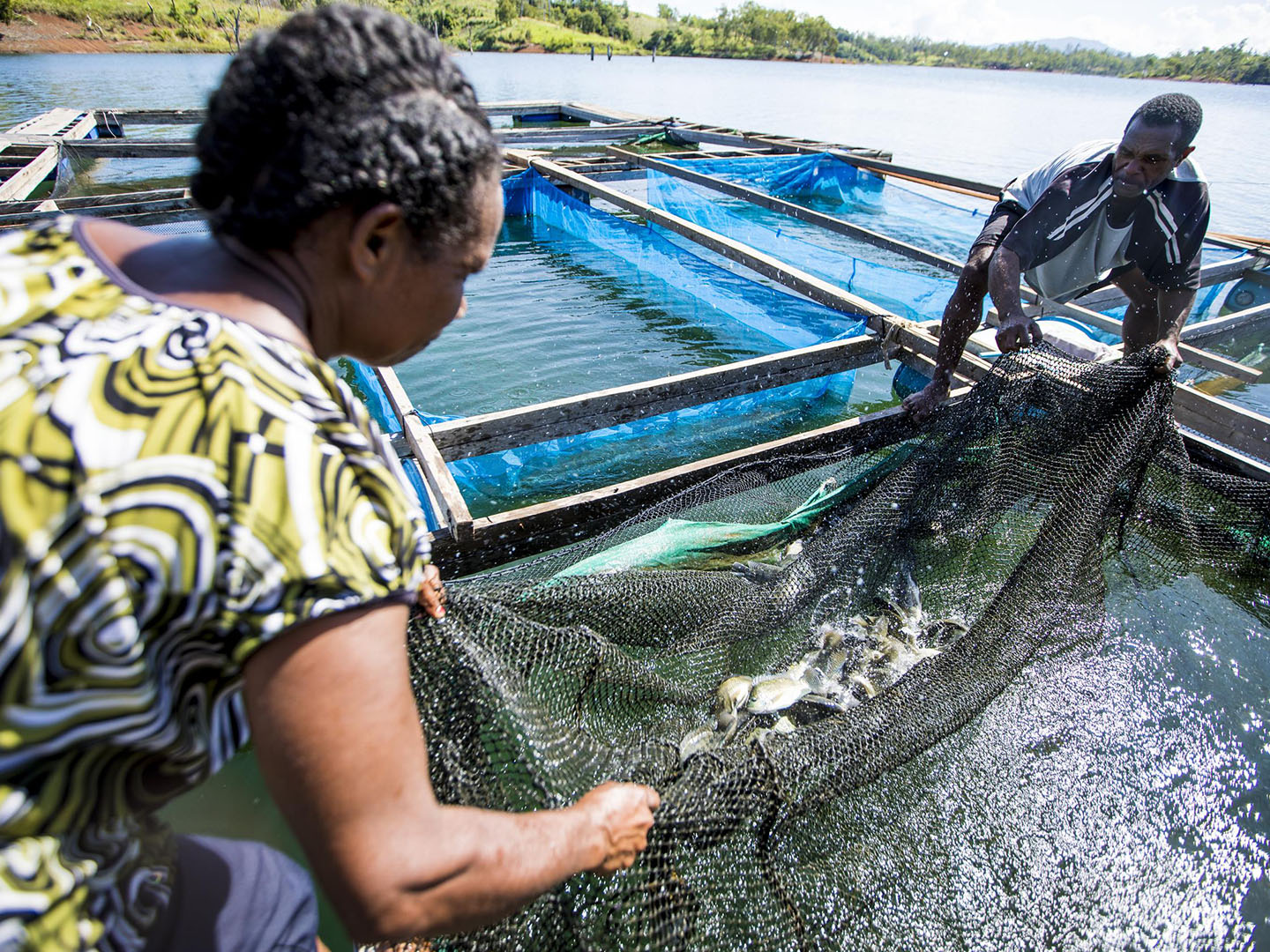COP 28
UNITE.ACT.DELIVER
Since the adoption of the Paris Agreement on climate change at COP21 in 2015, subsequent conferences have revolved around implementing its key goal: halt global average temperature rise to well below 2°C and pursue efforts to limit the rise to 1.5°C above pre-industrial levels. If Paris gave us the agreement, Katowice (COP24) and Glasgow (COP26) showed us the plan. Sharm el-Sheikh (COP27) then shifted us to implementation.
At COP28, it is paramount to ensure that these strategies and implementation plans reflect the unique experiences and challenges of LDCs. Above all, the international community must strive to create climate solutions that not only sustain the planet but also allow for fair and inclusive development for all nations, especially the most vulnerable nations.
Our Mission
As the UN’s Catalytic Finance Entity for the World’s 46 Least Developed Countries, UNCDF unlocks public and private finance to realize the SDGs and the Doha Programme of Action
The UN Capital Development Fund's unique financial mandate within the UN system enables us to provide investment capital and technical support to both the public and the private sector for scalable action on climate change in the world's most vulnerable regions in LDCs, SIDS and other developing nations.
Disproportionate impact
The LDCs are especially vulnerable to, and disproportionately affected by, the adverse effects of climate change, environmental degradation, and related disasters.
1.1 Billion
Population in LDCs
The 46 LDCs are home to some 1.1 billion people, that’s 14 per cent of the world's population.
665 Million
No Access to Safe Drinking Water
According to UNCTAD., 665 million people in LDCs lacked access to safe drinking water.
50%
Food Insecurity
According to UNCTAD, food insecurity surpassed 50% in the LDCs.
75%
Poverty Rate
75 per cent of the population in LDCs still live in poverty.
70%
Global climate-related deaths
70% of the deaths caused by climate-related disasters over the last 50 years have taken place in the LDCs per UNEP.
4%
Global Emissions
Only 4% of the world's emissions come from LDCs.
17 out 20
Most Climate-vulnerable
As of 2021, 17 of the 20 most climate-vulnerable and least climate-prepared countries were LDCs.
45%
Funds for climate adaptation
Only 45% of the funds targeted climate adaptation – a key priority for LDCs.
3 to 5
Years to recover
LDCs are expected to take 3 to 5 years, or even more, to recover to their pre-COVID-19 crisis level of per capita GDP.
6
Debt-Stressed LDCs
As of 31 August 2023, six LDCs were in debt distress and 15 were at high risk of debt distress.
74%
Dependence on Volatile Commodities
Between 2019 and 2021, a staggering 74% of LDCs relied on these raw materials for at least 60% of their merchandise export earnings.
1/3
Loans vs Grants
In 2021, a third of the finance was in loans rather than grants, raising the risk of climate debt traps.
$570 billion
External Debt
In 2022, LDCs total external foreign debt reached $570 billion.
3x
Public Debt
The public and publicly guaranteed portion reached $353 billion—more than three times higher than in 2006.
5x
Debt Interest
LDCs spend five times more on debt interest payments than 10 years ago.

UNCDF Portfolio
Alignment of UNCDF Across Cross-Cutting Themes of COP28
UNCDF's portfolio shows a commitment to active involvement across a variety of sectors critical to building resilient and sustainable communities. It highlights UNCDF's contributions to several climate change cross-cutting issues, such as local climate change adaptation, effective assistance for frontline communities impacted by climate-related disasters, innovative finance solutions, and technical advances.
Highlights
332
Local government authorities
UNCDF engaged with 332 local government authorities, with a combined population of 15.6 million people
$21.1 Million
Investments
UNCDF delivered $21.1 million across regions and countries
15
Climate and Disaster Risk Projects
UNCDF rolled out digitally enabled climate and disaster risk financing and insurance projects in Fiji, Tonga and Vanuatu.
50%
Women
More over half of those digitally registering client projects in Fiji, Tonga, and Vanuatu were women.
$190 Million
Mobilized Resources
The Global Fund for Coral Reefs expanded its reach to 12 countries and mobilized resources worth US$190 million.
10 years
$625 million blended finance vehicle
The Global Fund for Coral Reefs is designed as a 10-year $625 million blended finance vehicle.
2
SE4All and the OPEC Fund
Climate Finance and Energy Innovation Hub in partnership with SE4All and the OPEC Fund for International Development.
Global South
Focus
A global end-to-end policy and finance platform to accelerate access to energy for global south.
Stay Connected
GET THE LATEST UPDATES TO YOUR INBOX